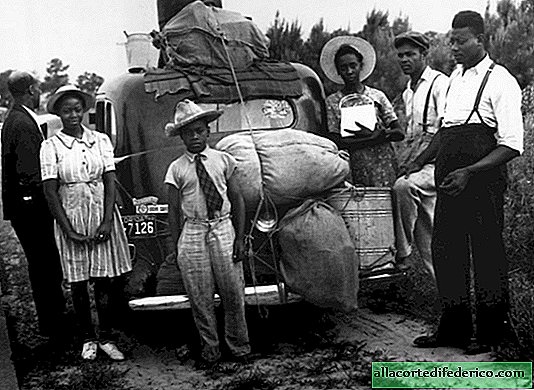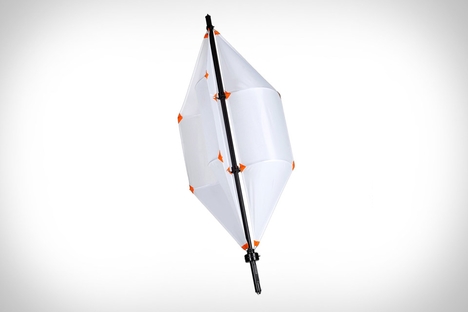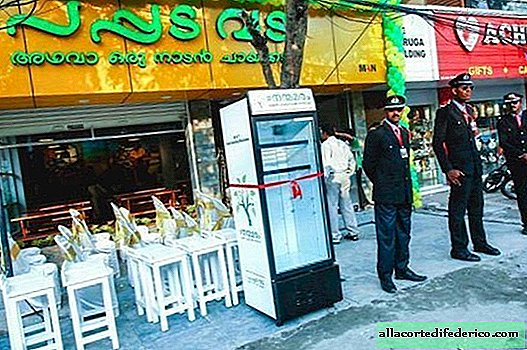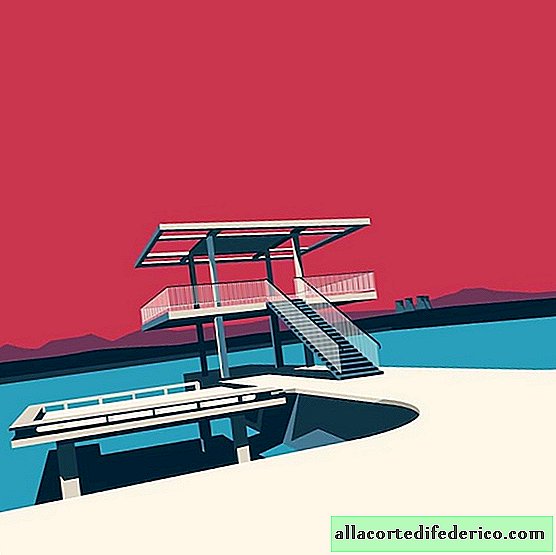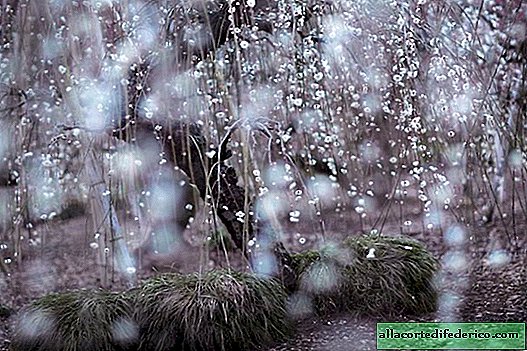How a traditional Japanese house works
Living in an old Japanese house is an unforgettable experience. Everything is in accordance with traditions: genkan, wasitsu, fusuma, shoji, tatami, zabuton, futon, oshiire. There is even a camidan. With shimenawa and side, as expected. Photographed all-all-all. I invite you on an excursion.

Genkan is a Japanese hallway. Shoes must be removed in this area. According to the rules, it is necessary to turn the boots towards the door. You need to step on the elevation already barefoot.

Traditional men's shoes are probably a geta option.

A traditional Japanese-style room is called a washitsu. The space is divided using the internal sliding walls of the fusuma. Frames and gratings are made of wood, the outside is pasted over with opaque rice paper. Partitions separating living quarters from the veranda are called shoji. They use rice paper that transmits light.

Kamidana is a niche for kami. A small Shinto shrine, like a home altar in Russian huts. Simenawa (shimenawa) - literally "enclosing rope" - denotes a sacred space. White zigzag stripes are called shide. Kami - Japanese deities, spirits.


There is no central heating. You can turn on the air conditioning, if available in the house, or a floor heater. Judging by the smell, the gas heater is catalytic, so it is better not to use it. It is expensive to heat a house with air conditioning, so they solve the problem locally. There comes an understanding of all the charm of the Japanese ofuro bath (ofuro). It is small in area, you can’t stretch your legs, but the water does not cool for a long time, and is deep, only the head is outside. The owner carefully left the heating pads. Electric sheets are also common. There are also special devices - kotatsu.

Futon is a thick soft mattress, which is spread out at night for sleep. In the morning he cleans up in a closet. The cabinet is called oshiire.

The corridor around the perimeter of the house in the warm season combines with the garden. The walls just move, it gets cooler at the same time. In this case, traditional shoji are replaced with modern glazing.

Doors are usually decorated with paintings. Please note that the image is shifted to the bottom, because it is designed for a seated person. In a Japanese house, it is generally not customary to stand upright, moved from place to place and again knelt down. The pose is called seiza, literally "proper sitting."


In the living room there is a European sofa and a Japanese table on low legs. A flat pillow is called a zabuton. They are used to sit on the floor or on chairs. Although Japanese chairs are actually a seat with a back.


The kitchen is located outside the house, it is more a terrace. There is a rice cooker, microwave, something like a grill, stove and refrigerator. A lot of dishes.

The washing machine is just awesome.

Since the main space of the house is located on a hill, you can arrange a pantry. The subfield, as we have.


It offers garden views.

This Voneten Guest House on Izu-Oshima Island is located in Habuminato, a village in general. The owner is sociable and welcoming. Met at the bus stop, drove to the supermarket, launched his drone, took a video for memory. It was very cool. Port Habu - a quiet place, the best experience.

Japanese cat Anko. Brought up, does not climb into the house. Even if the door is open, it sits outside.



